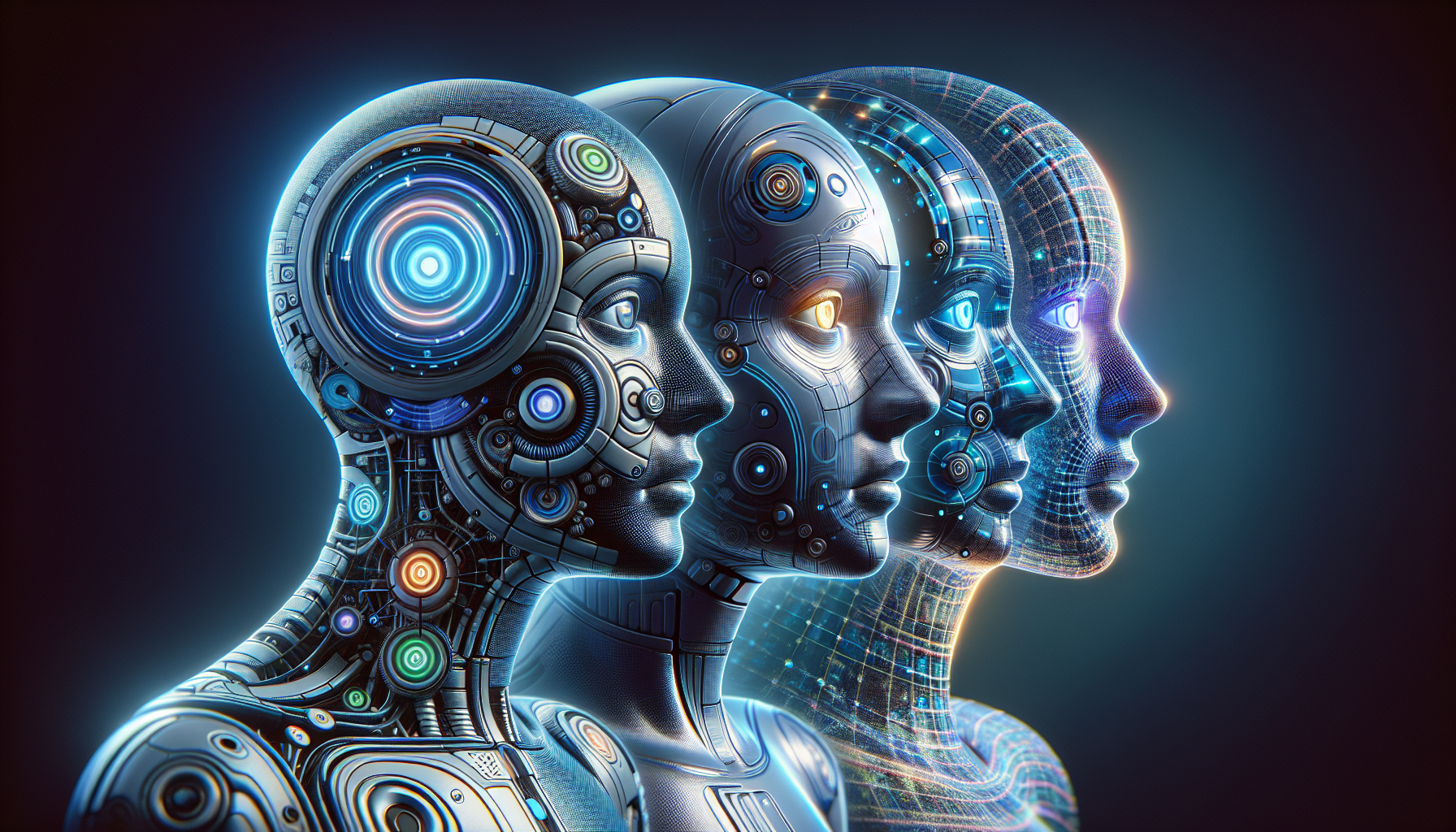Advertisements
Virtual assistants have become an integral part of our daily lives, making tasks easier and providing convenience in many ways. From Apple’s launch of Siri in 2011 to the emergence of more advanced technologies like ChatGPT, the evolution of these assistants has been impressive. In this article, we’ll explore the virtual assistant revolution, from its origins to the latest innovations.
Advertisements
With the popularization of smartphones and internet-connected devices, the demand for intelligent virtual assistants has grown exponentially. Siri was one of the first to win over users with its ability to understand voice commands and perform simple tasks, such as sending messages and searching the web. However, with the advancement of artificial intelligence and natural language processing, new virtual assistants have emerged, offering an even more sophisticated experience.
ChatGPT, for example, is an AI-powered virtual assistant that uses language modeling technology to interact with users in a more natural and intuitive way. With the ability to understand complex contexts and provide personalized responses, ChatGPT represents a new era in the evolution of virtual assistants. In this article, we’ll explore how this technology is transforming the way we interact with technology and how we can expect it to evolve in the future.
From Siri to ChatGPT: The Virtual Assistant Revolution
The evolution of virtual assistants over the years has been remarkable, going from simple voice commands to increasingly sophisticated and humanized interactions. From the emergence of Siri in 2011 to the arrival of ChatGPT in 2021, the technology behind these assistants has developed impressively, offering users an experience closer to reality.
Advertisements
The advancement of artificial intelligence
With the advancement of artificial intelligence and natural language processing, virtual assistants have become capable of understanding and responding to users’ questions in a more accurate and contextualized way. Siri, developed by Apple, was one of the first assistants to popularize this technology, allowing users to perform a variety of tasks using only voice commands.
- Sending messages
- Scheduling appointments
- Conducting research on the internet
- Home device control
The arrival of ChatGPT
In 2021, ChatGPT was launched by OpenAI, bringing a new approach to virtual assistants. Using an AI-based language model, ChatGPT is capable of holding more complex and natural conversations with users, simulating a more human-like interaction.
- Troubleshooting
- Providing detailed information
- Assistance in various areas, such as health, education and entertainment
This evolution of virtual assistants has revolutionized the way we interact with technology, making it more accessible and intuitive for users of all ages and levels of knowledge. The trend is that, with the advancement of artificial intelligence, virtual assistants will become even more sophisticated and integrated into our daily lives.
As the years went by, more sophisticated assistants emerged, such as Google Assistant and Amazon’s Alexa. These systems began to incorporate additional functionalities, such as controlling home devices, scheduling appointments, and more contextual responses. However, it was with the arrival of ChatGPT that the real revolution took place. The model, developed by OpenAI, brought a new perspective to the role of virtual assistants, allowing for more complex, natural, and humanized interactions. Using advanced language modeling technology, ChatGPT is able to understand and generate text with a level of sophistication that its predecessors could not achieve. It can understand nuances, context, and even emotions in conversations, providing responses more tailored to the needs of users.
Furthermore, ChatGPT is not limited to voice commands or simple information searches. It can assist in a wide range of areas, from providing technical and educational support to providing detailed information on a variety of topics, such as health, science and entertainment. ChatGPT’s advancement reflects a turning point in artificial intelligence, with assistants that not only answer questions but also act as learning partners, advisors and real-time personal assistants.
As these technologies evolve, virtual assistants are becoming increasingly integrated into our daily lives. Not only do they make simple tasks easier, but they are also beginning to anticipate our needs, streamlining our workflows and improving the way we interact with the world around us. In the future, these assistants will likely become even more intelligent and personalized, providing a richer and more immersive experience for users. The constant evolution of these assistants also opens the door to new ways of interacting with technology, such as visual interfaces, augmented reality and wearable devices. This could lead to an even greater integration between technology and humans, creating a more connected and intuitive environment, where virtual assistants will be key players in the development of new solutions and innovations.

Conclusion
In short, the evolution of virtual assistants, from the emergence of Siri to the arrival of ChatGPT, represents a significant advance in the interaction between humans and technology. With the development of artificial intelligence and natural language processing, these assistants have become more capable of understanding and responding to users’ needs in a contextualized and accurate way. ChatGPT, in particular, brought an innovative approach by simulating more humanized and complex interactions, opening up possibilities for solving problems, providing detailed information and offering assistance in various areas.
This virtual assistant revolution has transformed the way we use technology, making it more accessible and intuitive for people of all ages and levels of knowledge. As artificial intelligence continues to evolve, virtual assistants are likely to become even more sophisticated and integrated into our daily lives, making our interactions with technology increasingly easier. In short, the virtual assistant revolution promises to continue to improve and simplify our relationship with technology in the future.




